The easiest and cheapest to insulate are the garage doors. The cost to insulate a garage door ranges from $100 to $350 depending on the kind of insulation you’re using, as well as the square footage of the door itself. Regardless of whichever type you get, however, insulating the garage doors is a great wait to improve the heat retention of the space for a relatively low price.
Aluminum Foil
Widely considered one of the best garage door insulation types, aluminum foil comes with a slew of benefits for those looking to make their detached garage more liveable. All you need is a garage door insulation kit which you can easily purchase online. The kit comes with everything you need to make your garage doors more heat retentive and the installation is made easy thanks to the manufacturer’s comprehensive instructions.
This insulation type includes reflective aluminum foil plates which can be installed individually onto each garage door panel. Since they are reflective, heat can bounce off the surface and stay inside, as opposed to seeping through the metal of the garage doors and dissipating. Depending on the thickness of the foil, you can get an R-value of 3.5 up to 6, making for a very effective way to insulate your garage door and keep the interior warm.
Fiberglass
As with the walls and the ceiling, fiberglass batts can be installed onto the garage door for additional heat retention. Fiberglass insulators are very effective in general, with an R-value rating of 3 to 4 per inch. So depending on the thickness of the fiberglass batts, you will get different results.
These fiberglass batts are either lined with a paper or aluminum foil cover that acts as additional insulation for the garage door. Thanks to the airy nature of the fiberglass batts, this insulation is not only heat retentive, but it can also block out unpleasant vapors, making the interior even more liveable.
Foam Board
These polystyrene foam panels are typically used on the primary dwelling structure, but can also work on garage doors. Foam boards come with tiny air bubbles, which can block out exterior noise from coming in. This leaves the interior of the garage serene and quiet.
Polystyrene boards have an R-value of 3 to 4 per inch, much like fiberglass. However, keep in mind that foam board insulation is flammable. Make sure to be extra careful during installation as to not have any open areas protruding. Otherwise, these protrusions will pose a genuine fire hazard.
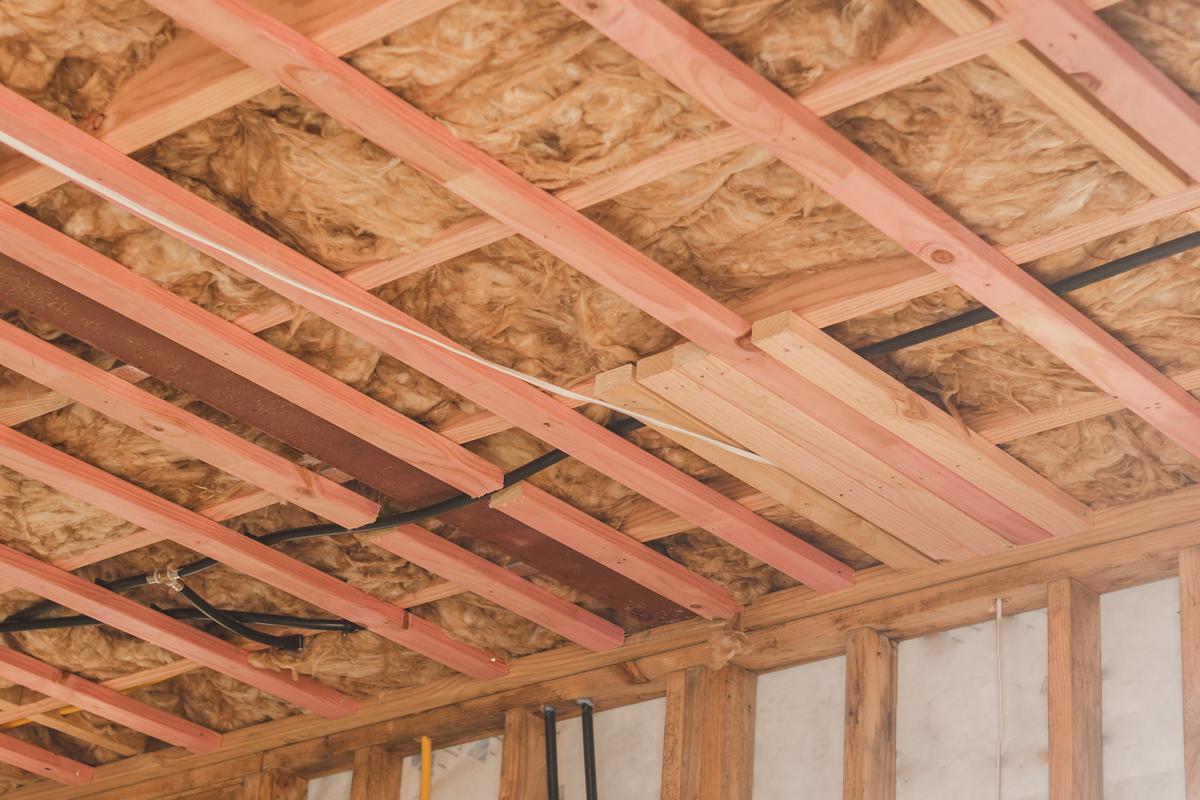
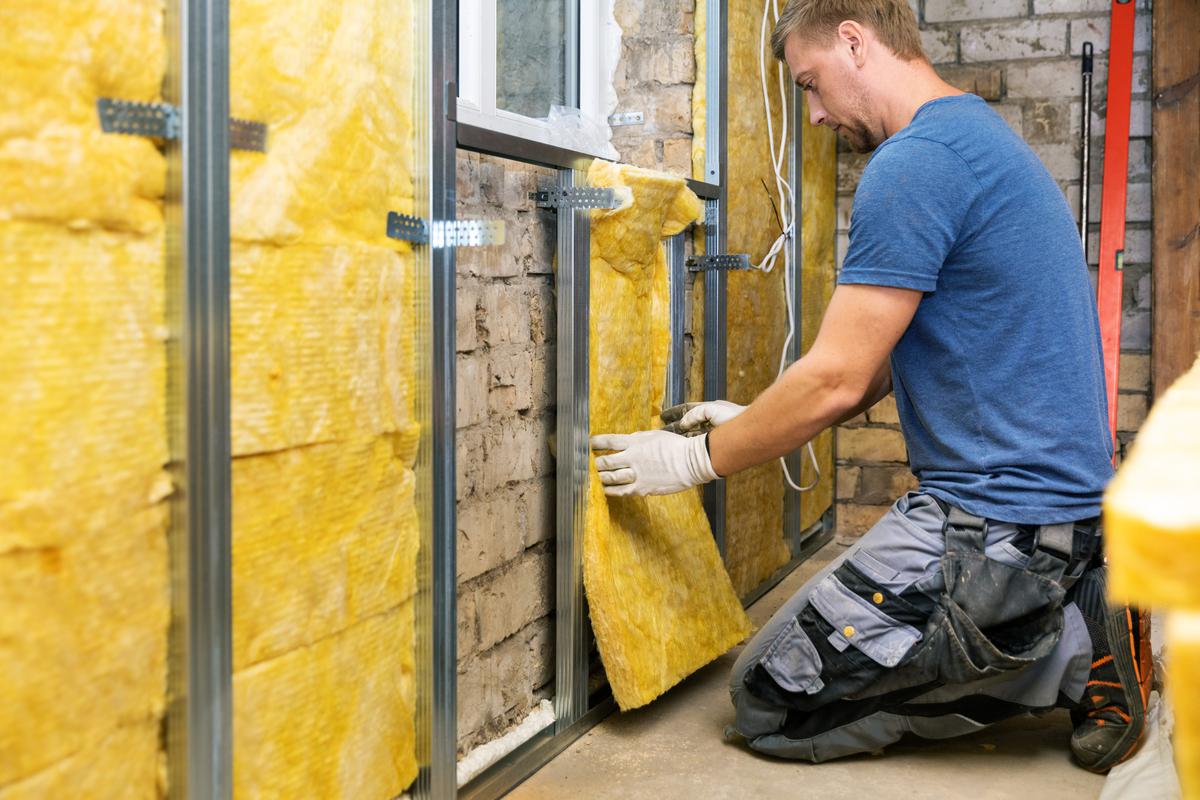
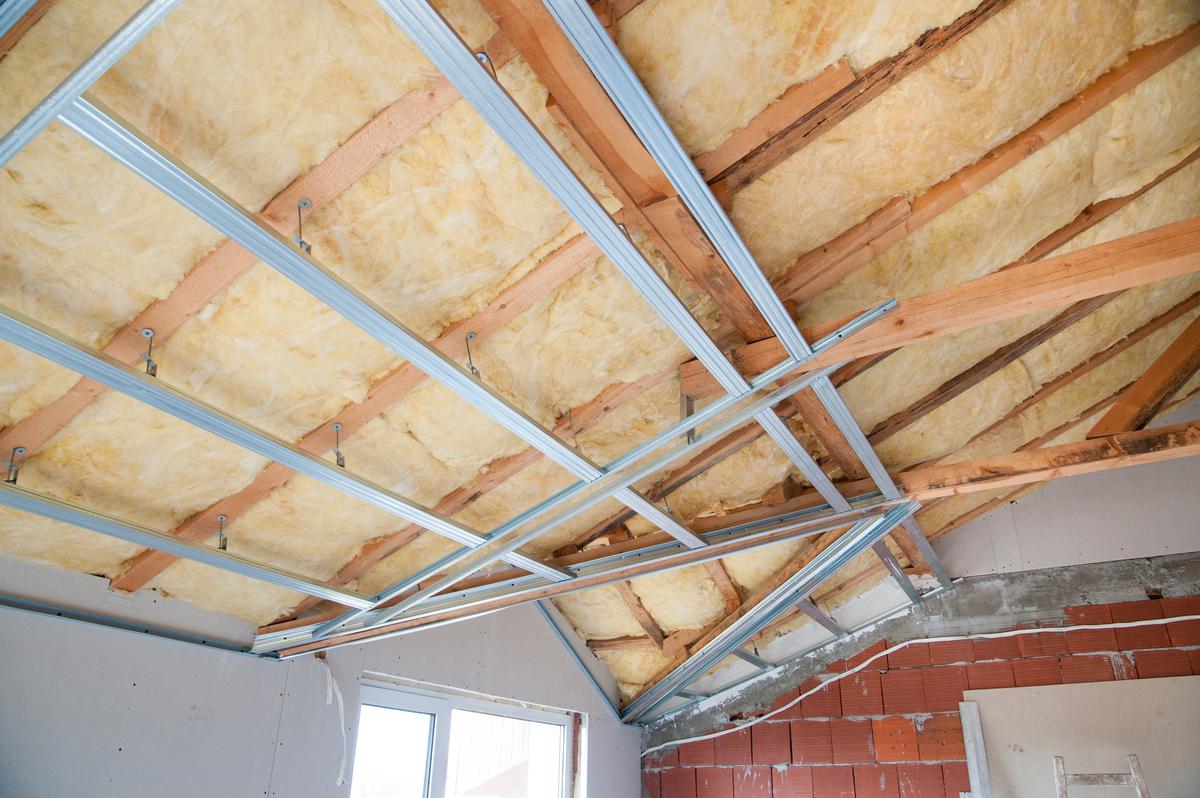
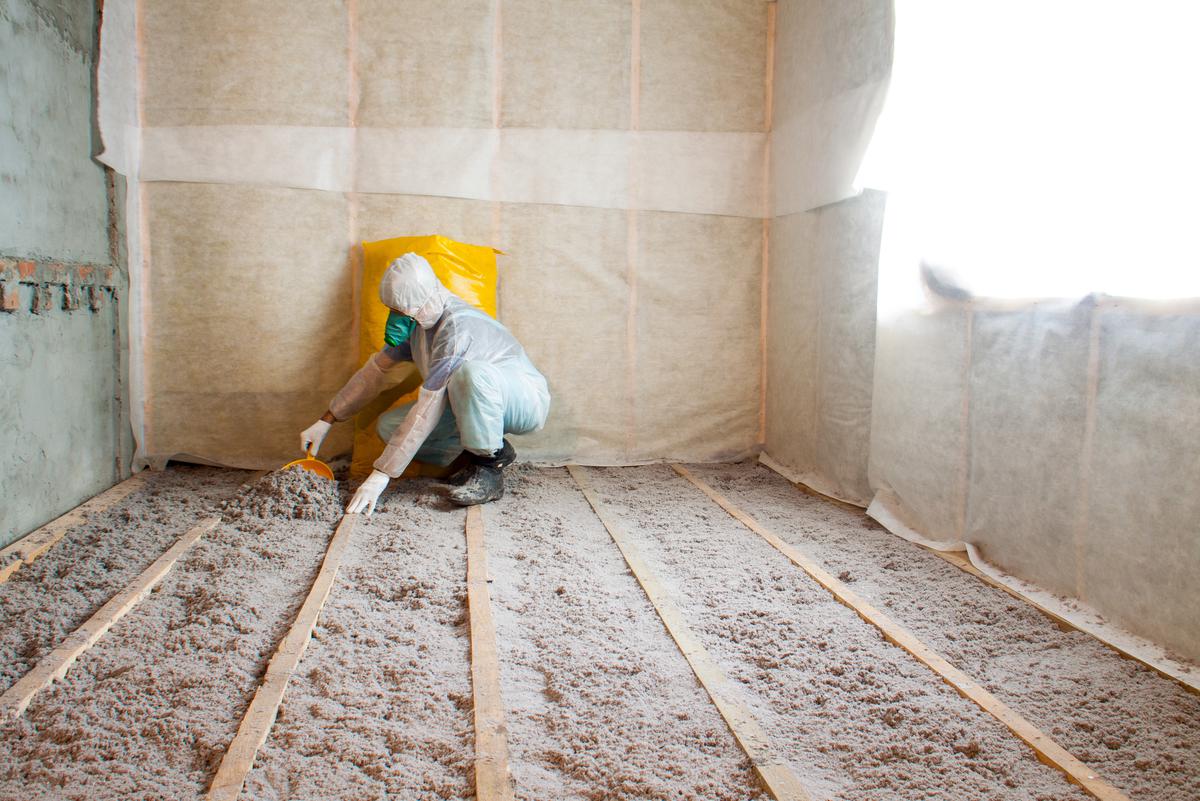
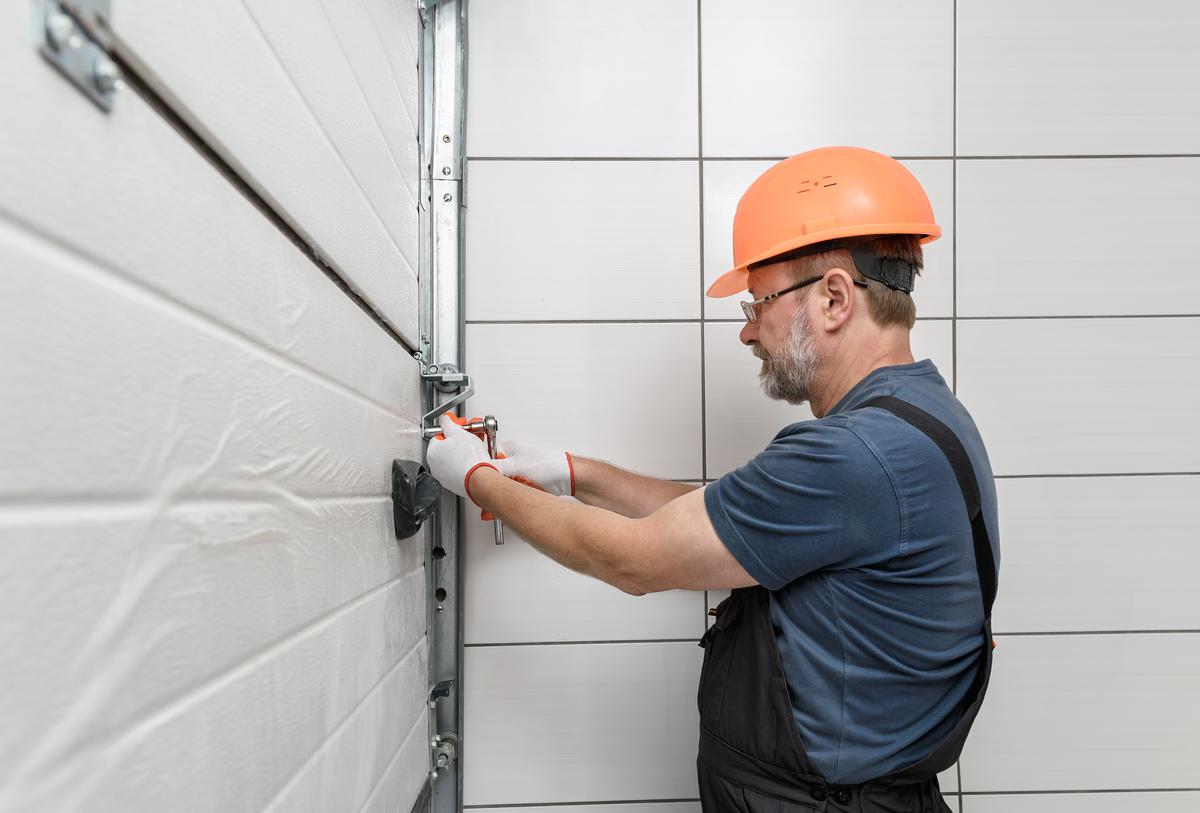
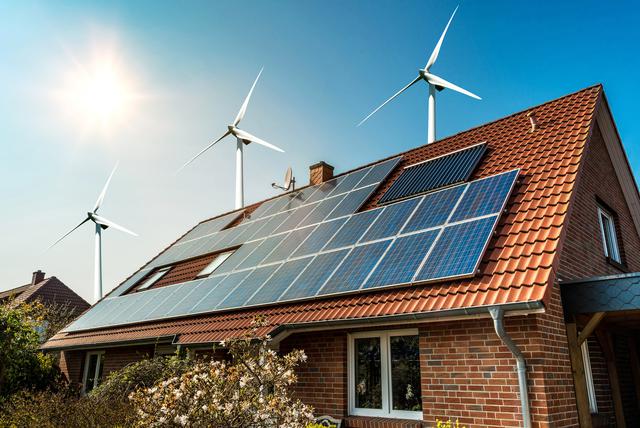
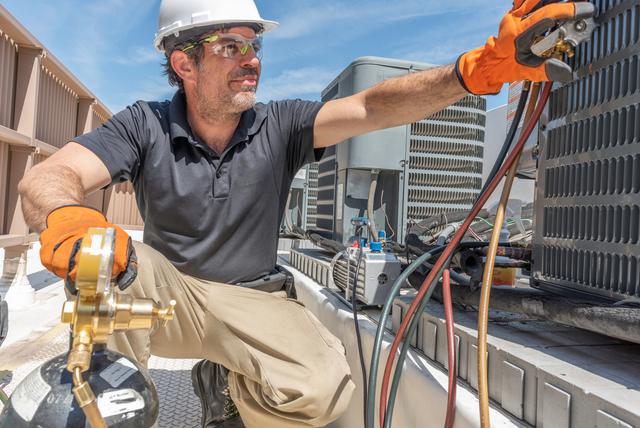
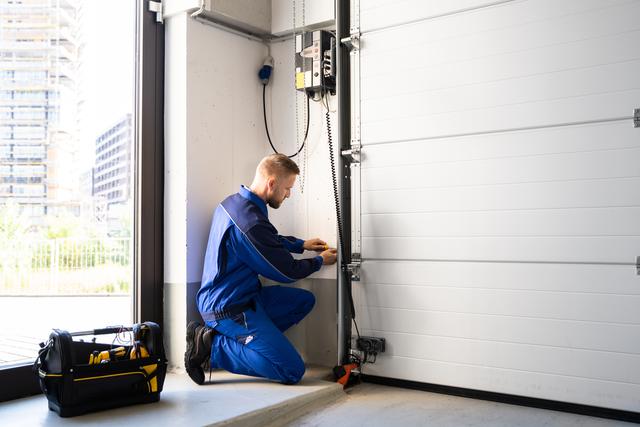
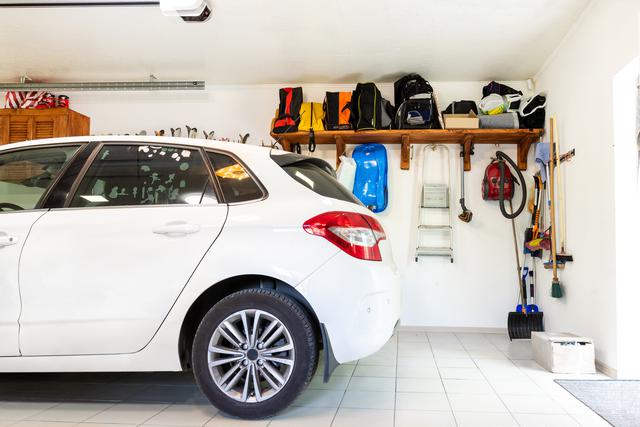
comments